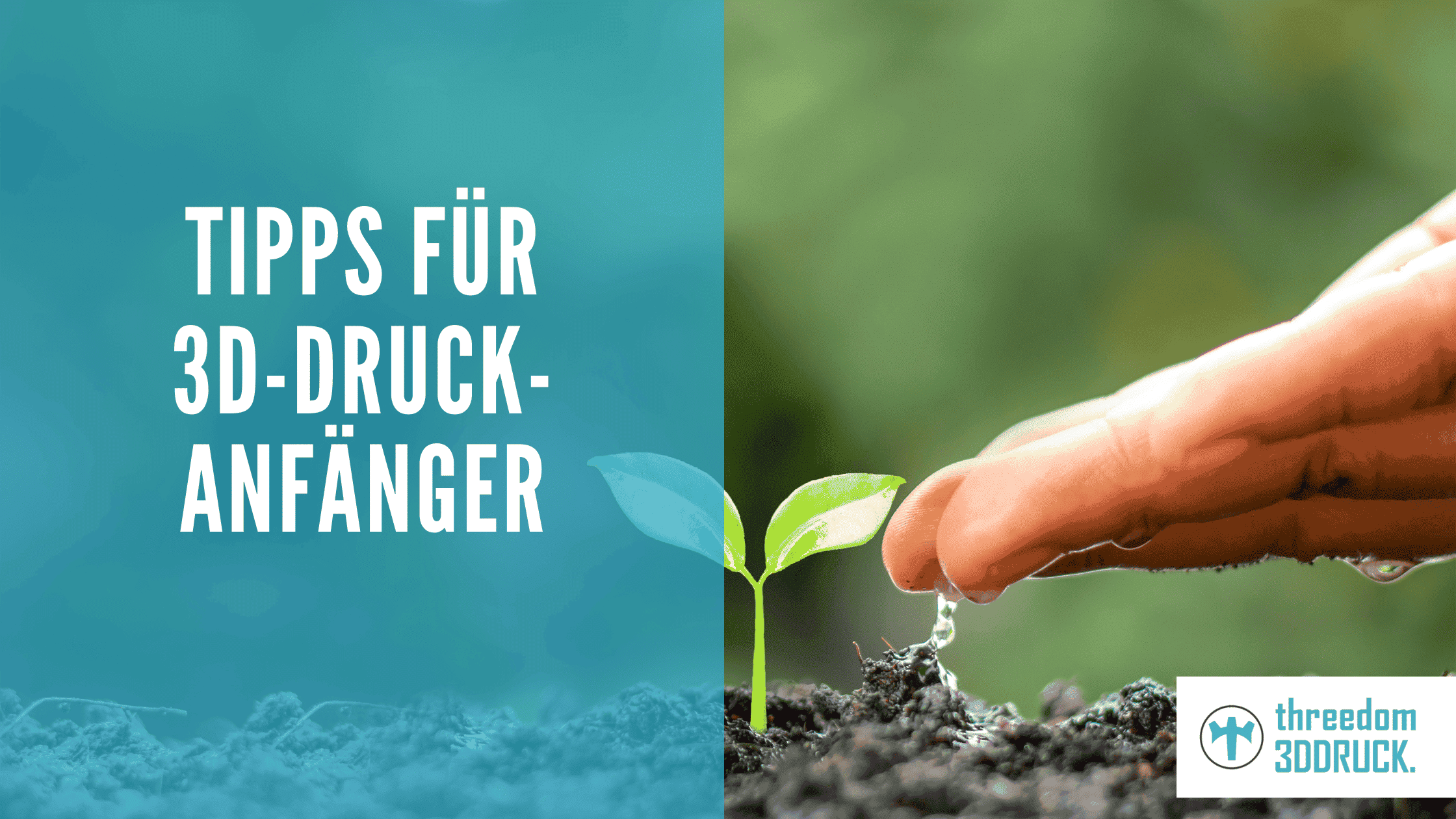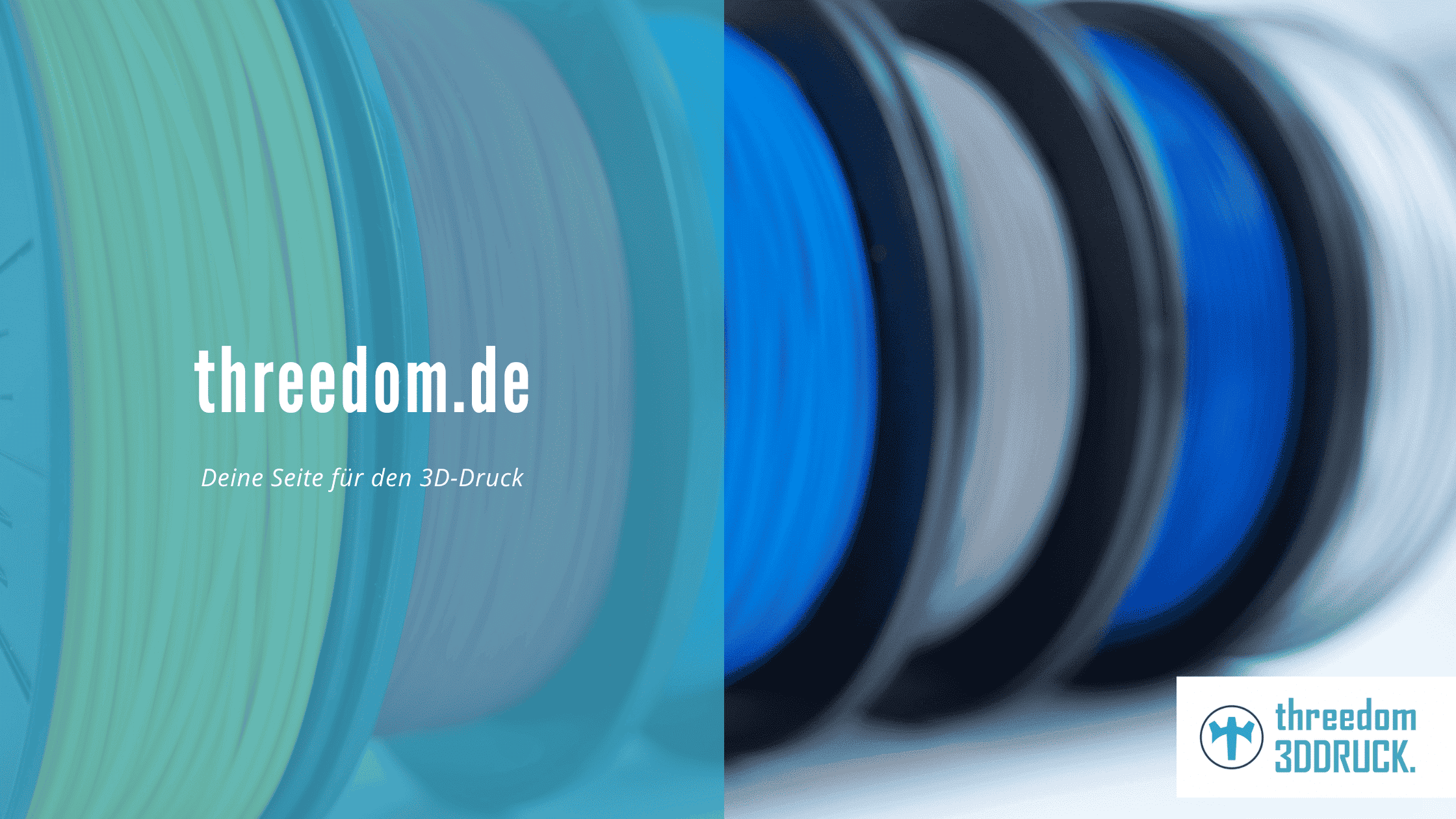9 Tips for 3D Printing Beginners
3D printing is an exciting technology that is gaining popularity. However, it can sometimes be difficult for beginners to find their way around this area. In this article, I want to give you 9 tips that can help you as a beginner in 3D printing.
The most important facts in brief:
- Learn the theory of 3D printing to understand the basics
- Take enough time for your first 3D printer and try to understand the different functions and settings
- Use high quality material to achieve the best possible results
- Pay attention to the safety aspect and keep an eye on the printer while it is in operation
- Take breaks when you're frustrated, and try to keep the work fun
- Stay up to date on developments in the field and try to always gather new ideas and inspiration.
Learn the theory of 3D printing
Before you start 3D printing, it's important that you understand the basic concepts and technologies. These include, for example:
- The difference between additive and subtractive manufacturing
- The various 3D printing technologies, such as FDM, SLA, DLP and SLS
- The meaning of STL files and how to create them
- The properties of different 3D printing materials, such as filament and resin
By learning the theory of 3D printing, you will better understand how the printing process works and how to optimize it.
Take time for your first 3D printer
3D printing is an exciting technology that requires a lot of time and patience. That's why you should give yourself enough time for your first 3D printer and not put yourself under pressure to achieve fast results. Try to understand the various functions and settings of the printer and approach the work slowly. If you take your time and are thorough, you will get better results and enjoy your work more.
Learn how to set up your 3D printer correctly
An important part of 3D printing is setting up your printer correctly. This includes, for example:
- The correct calibration of the print bed
- Choosing the right print speed
- The selection of the correct pressure temperature
- The adjustment of the extruder motors
By setting up your 3D printer correctly, you can improve the quality of your prints and avoid mistakes. It is important that you take enough time to understand the various settings of the printer and adjust them accordingly.
Use high quality material (filament / resin) especially in the beginning
With 3D printing, it's not just the printer that matters, but also the material used. In the beginning, you should therefore use high-quality filament or resin to achieve the best possible results. Cheap material can result in irregular prints and is often more difficult to process. So invest in good material to be successful from the beginning. It's also worth trying different materials and finding out which one works best for your needs.
Keep an eye on the 3D printer (safety aspect)
During 3D printing, you should always keep an eye on the printer to make sure everything is running smoothly. This is especially important if you are doing longer prints where the printer may be left unattended. Make sure you place the printer in a safe area and do not leave it unattended when in use. This way you can avoid accidents and damage.
Take breaks when you are frustrated
3D printing can be frustrating at times, especially when things don't go as you planned. In these situations, it's important that you take breaks and distract yourself. Try not to see things too doggedly and don't put yourself under pressure. If you're frustrated, it can be helpful to talk to someone about it or look for other inspiration. This way you can regain energy and motivation.
Try not to upgrade the 3D printer immediately
Many 3D printer owners tend to upgrade their printer immediately after purchase by installing new firmware or replacing hardware parts. However, this can be risky, primarily for beginners. Often, such upgrades lead to errors and problems that are difficult to fix. That's why I recommend that you start out working with the printer as is, and upgrade it later when you're comfortable with it.
Make sure to have fun (Even if it frustrates you sometimes)
3D printing can be frustrating at times, as I mentioned earlier. However, it's important that you still enjoy what you're doing. Finally, 3D printing is an exciting technology that offers many creative possibilities. So try to see the positive even in difficult situations and have fun at work.
Always be interested in further developments in the field of
3D printing is constantly evolving, with new technologies and capabilities entering the market. Therefore, it is important that you are always interested in news and developments in the field. Read articles, visit trade shows and keep up with new developments to stay up-to-date and gather new ideas for your projects.
Conclusion
3D printing is an exciting technology that offers many possibilities. However, it can sometimes be difficult for beginners to find their way around this area. In this article, I have given you 9 tips that can help you as a beginner in 3D printing. These tips include things like learning the theory of 3D printing, setting up the printer, and using high-quality materials. If you follow these tips, you will be successful in 3D printing and have a lot of fun doing it.
Frequently Asked Questions about 3D Printing Beginner Tips
Other advisors:



